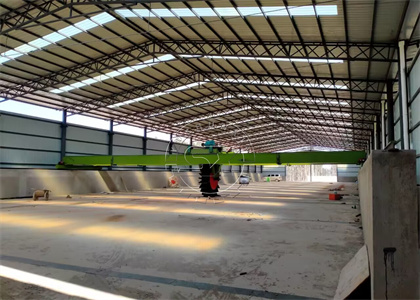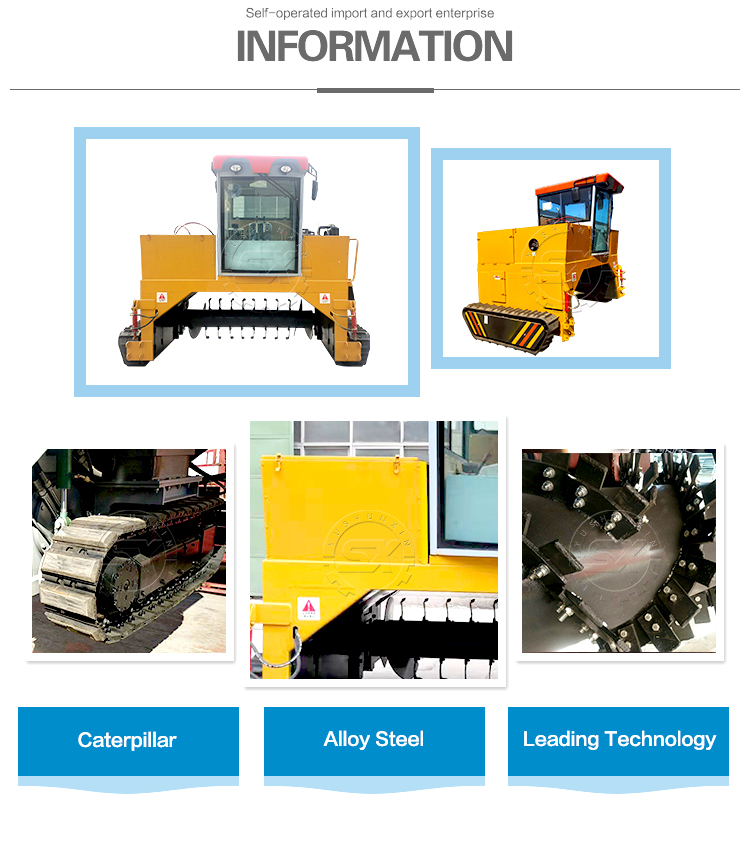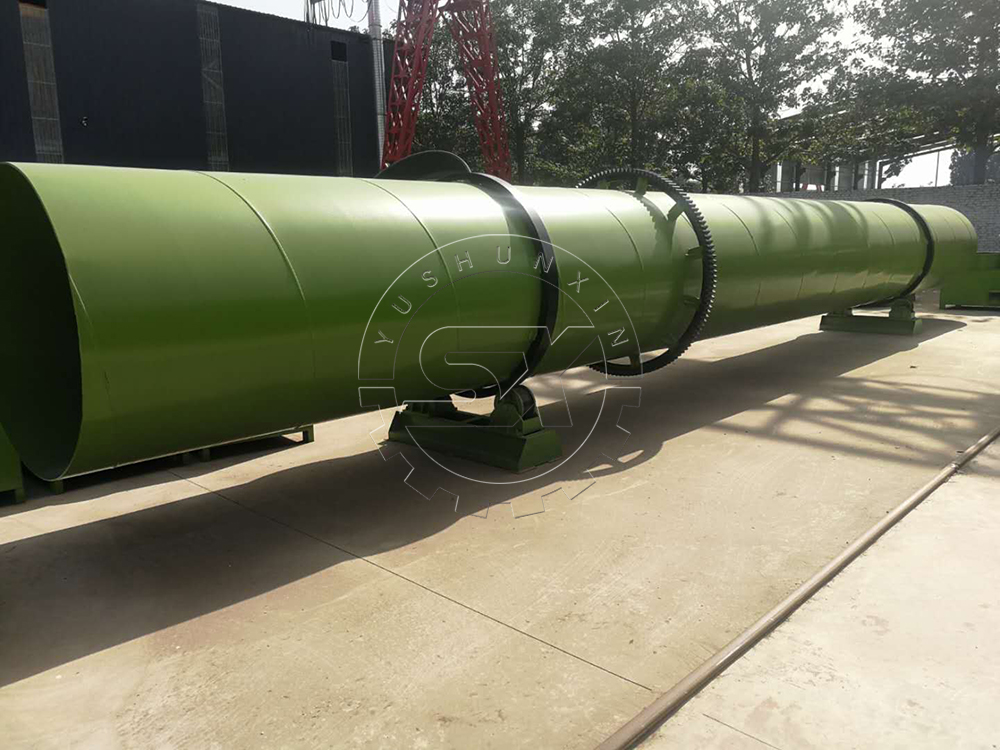Granulation is the process of forming particles by agglomerating smaller particles, often used in the production of pharmaceuticals, food products, and fertilizers. Large scale granulation refers to the production of granulated materials in large quantities, typically using specialized equipment and techniques. In this essay, we will discuss the steps and considerations involved in large scale granulation.

rotary drum granulator
Step 1: Material Selection and Preparation The first step in large scale granulation is selecting the appropriate raw materials. The quality and consistency of these materials are critical to the success of the granulation process. Raw materials may be powders, crystals, or other forms, depending on the desired end product.
Once the raw materials are selected, they must be prepared for granulation. This may involve pre-blending, milling, or other processing steps to ensure that the materials are the correct particle size and have the necessary properties for granulation.
Step 2: Mixing The next step is to mix the raw materials together to create a homogeneous blend. This step may be accomplished through a variety of methods, such as tumbling mixers or high-shear mixers. The goal is to ensure that each particle is coated with the necessary binders and excipients, and that the resulting blend has the desired characteristics for granulation.
Step 3: Granulation Once the raw materials are blended, it is time to granulate them. There are several different methods of granulation, including wet granulation, dry granulation, and melt granulation. Wet granulation is the most commonly used method, as it allows for the production of dense, uniform granules.
In wet granulation, the blended materials are mixed with a liquid binder to form a wet mass. The wet mass is then processed through a granulator, where it is broken down into smaller particles and screened to create uniform granules. The granules may then be dried to remove any residual moisture.
Step 4: Drying Drying is a critical step in the granulation process, as it ensures that the granules are stable and free from moisture. Depending on the method of granulation used, drying may be accomplished through air drying, fluidized bed drying, or other methods. The goal is to remove the appropriate amount of moisture without damaging the granules.
Step 5: Sizing and Screening Once the granules are dry, they may need to be sized and screened to ensure that they meet the necessary specifications for the end product. This step may involve passing the granules through a series of screens to remove any oversized or undersized particles, or using specialized equipment to achieve the desired particle size distribution.
Step 6: Finishing and Packaging The final step in large scale granulation is finishing and packaging the granules for shipment. This may involve additional processing steps, such as coating or polishing, to ensure that the granules have the necessary appearance and characteristics for the end product. The granules may then be packaged in appropriate containers, such as bags, drums, or totes, and labeled for shipment.

rotary drum granulator
Considerations for Large Scale Granulation
Large scale granulation presents several unique challenges and considerations that must be taken into account to ensure a successful process. These considerations include:
Equipment: Large scale granulation requires specialized equipment that is designed to handle large volumes of materials. This equipment must be properly maintained and calibrated to ensure consistent performance. The most common large scale granulation equipment is rotary drum granulator.
Process Validation: Large scale granulation processes must be validated to ensure that they meet the necessary quality standards. This may involve conducting process tests, such as granule density or particle size distribution, to ensure that the process is consistent and reproducible.
Quality Control: Quality control is critical to the success of large scale granulation. Regular testing and monitoring of the granules must be conducted to ensure that they meet the necessary specifications for.
You can check our website for more about the working principle of our rotary drum machine!



